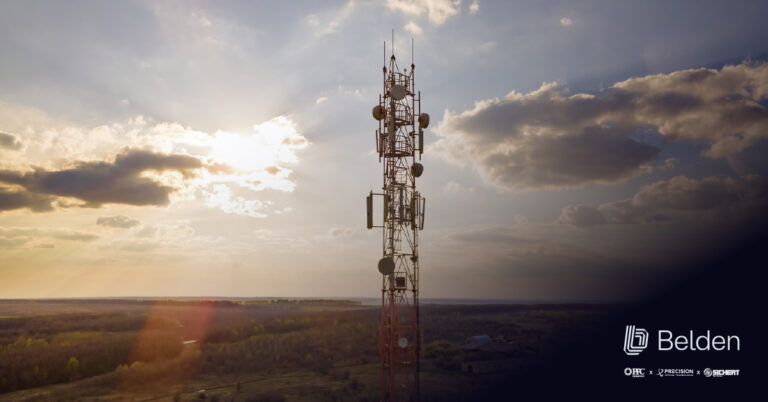
Paving the Road to 6G: How Optical Transceivers Enable 5G-Advanced and Beyond
From Virtual Reality (VR) and Augmented Reality (AR) to Mixed Reality (MR) and Extended Reality (XR), 5G is continuing to power a new wave of

From Virtual Reality (VR) and Augmented Reality (AR) to Mixed Reality (MR) and Extended Reality (XR), 5G is continuing to power a new wave of

As business and consumer interest in generative artificial intelligence (AI) and the Internet of Things (IoT) rises, some of 5G’s most talked about features, URLLCs

This article series has looked at various components designed for high-speed networking, including connectors, optical cables and the fibers they contain.
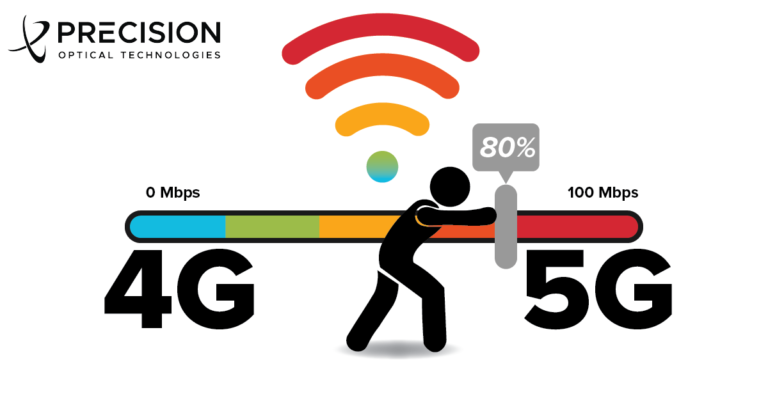
Meeting 5G Expectations with a Complete Layer 1 Solution The 5th Generation Mobile Network (ie. 5G) comes with a lot of promise: higher data rates,

Life’s not easy for the world’s optical network engineers. The MSOs, carriers, data centers and other network/service providers they work for are continuing to invest

Fronthaul, backhaul, midhaul, xHaul transport — these are just some of the words keeping network engineers responsible for 5G deployments up at night. With carriers,
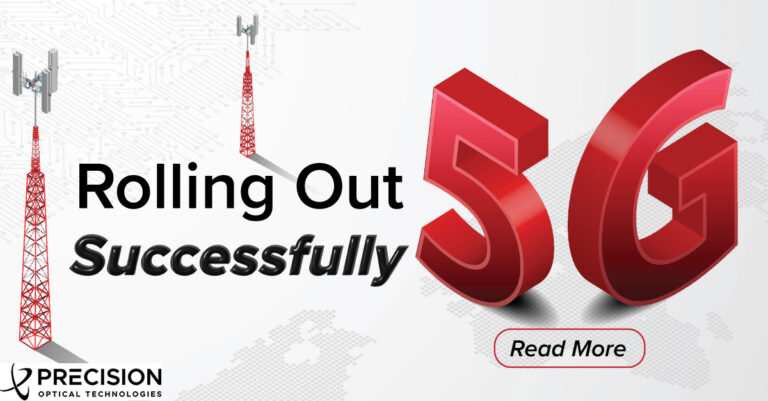
The question of designing and rolling out 5G networks can be sliced a myriad of ways, from focusing on small cell architecture and open RAN

When it comes to 5G, it’s hard to skirt an undeniable truth – this revolutionary technology has a chicken and egg problem. To be economical
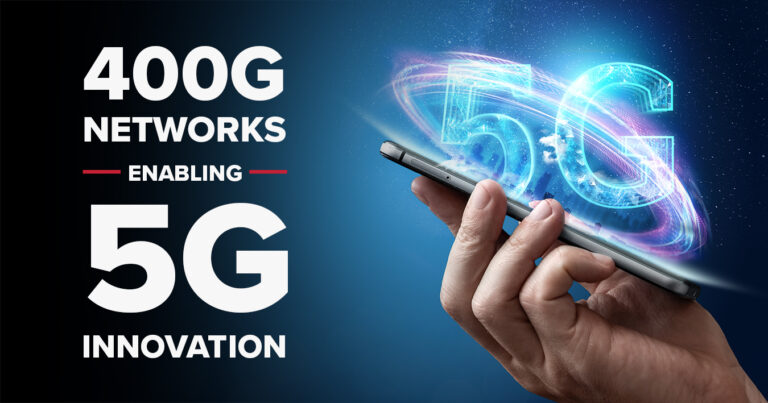
The era of 5G is finally here.
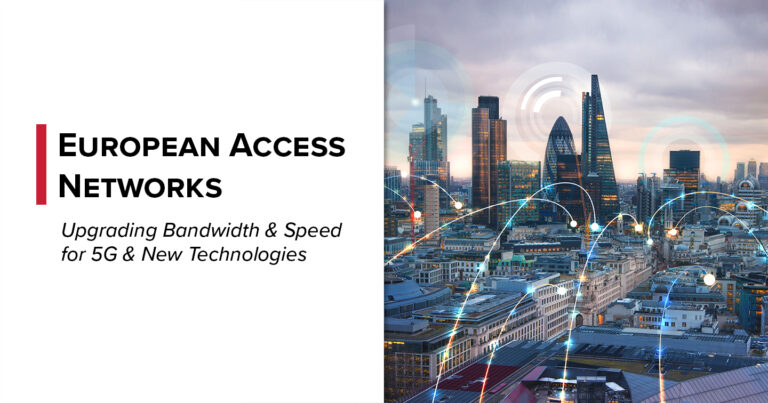
Much of the discussion around HFC architectures has historically emphasized upgrades to downstream bandwidth from an MSO’s headend to the consumer.